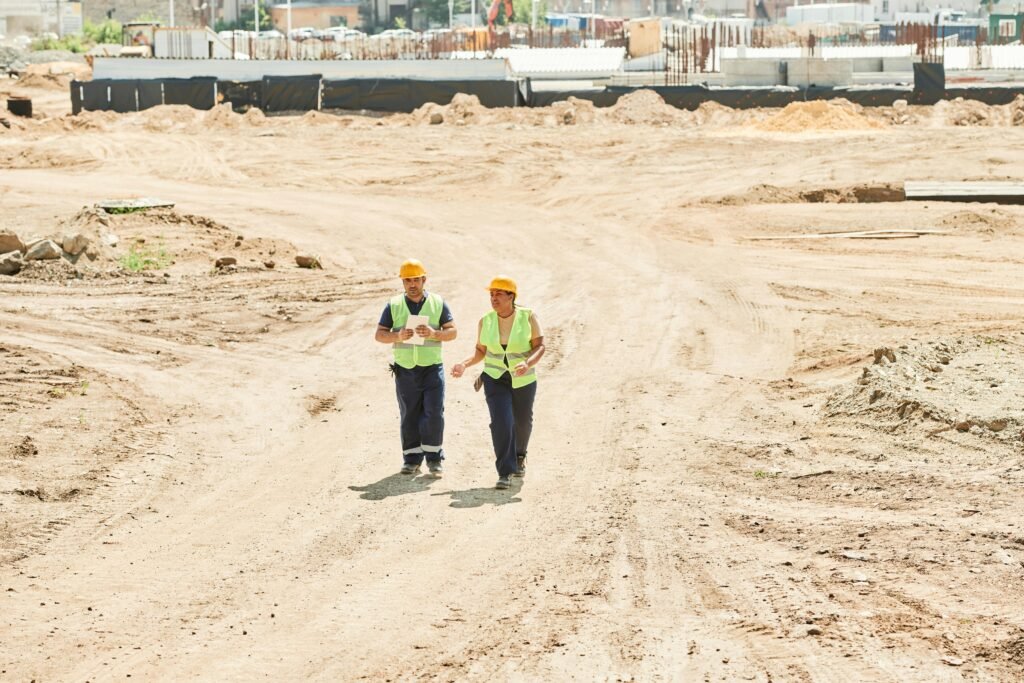Civil Engineers &Carpenter


Civil Engineers
- Civil engineers work in all aspects of planning, designing, and constructing or repairing a building or infrastructure project to ensure that structures and systems are assembled correctly. Depending on the job, civil engineers may be involved in a project from start to finish or for certain stages of it.
- Civil engineers’ responsibilities during the planning stage may include researching specific topics, such as building codes for a construction proposal or traffic patterns near an intended site. They also may conduct analyses, such as for estimating availability and costs of concrete and other building materials, to determine a project’s timeline and feasibility.
- During design and preconstruction stages, civil engineers may focus on specific elements such as site layout, grading (shaping) the land, and identifying appropriate stormwater and sewage systems for the project. Engineers use computer-aided design (CAD) software to create detailed project plans and may make presentations related to the final design, such as about its environmental impact. They often review project documents and secure required permits before work may begin.
- Civil engineers also oversee the building of structures or systems throughout a project’s construction, and they help with signoff and other postconstruction activities. They ensure that work complies with safety regulations and adheres to design specifications, helping to resolve problems that may arise. At the conclusion of a project, they may finalize billing, inspection, and other completion details.
- Civil engineers plan, design, and supervise the construction and maintenance of building and infrastructure projects. These projects may include facilities, bridges, roads, tunnels, and water and sewage systems


Carpenter
- Carpenters construct, repair, and install building frameworks and structures made from wood and other materials
- Follow blueprints and building plans to meet the needs of clients
- Install structures and fixtures, such as windows and molding.
- Measure, cut, and shape wood, plastic, and other materials
- Construct and install building frameworks, including walls, floors, and doorframes
- Inspect and replace damaged framework or other structures and fixtures
- Instruct and direct laborers and other construction helpers
- Carpenters have many different tasks. Carpenters insulate office buildings; others install
drywall or kitchen cabinets in homes then production or commercial work to help construct
tall buildings or bridges, installing wooden concrete forms for cement footings or pillars.
These carpenters also erect shoring and scaffolding for buildings. - Carpenters use many different tools to cut and shape wood, plastic, fiberglass, or drywall. They use hand tools, including squares, levels, and chisels, as well as many power tools, such as sanders, circular saws, nail guns. On large projects, carpenters may use rigging hardware and cranes as part of the installation process.
